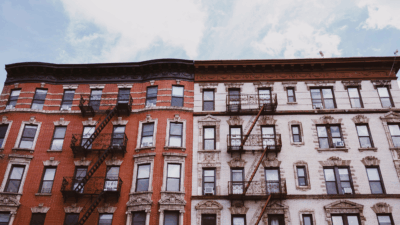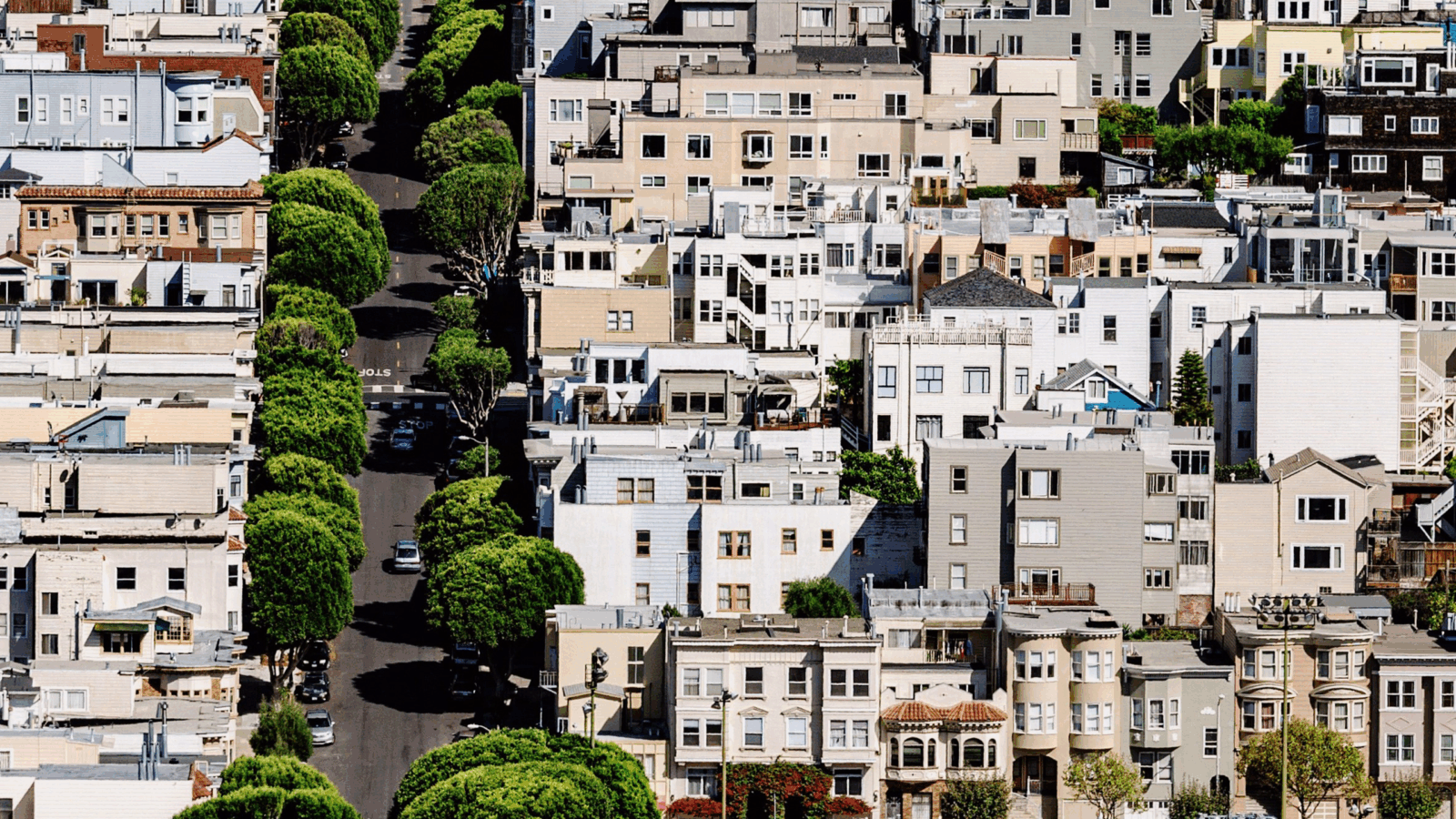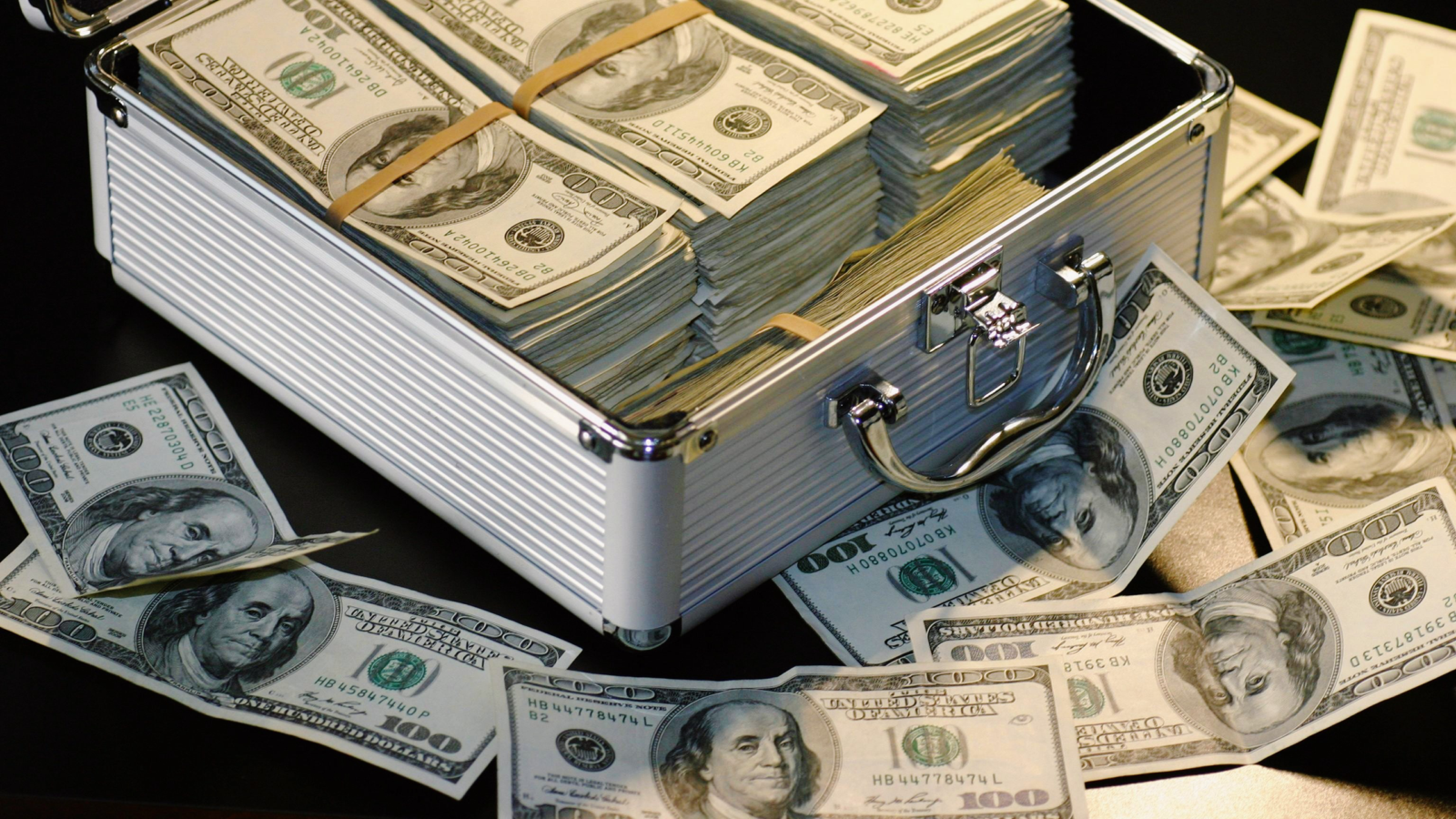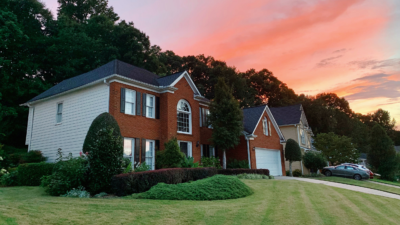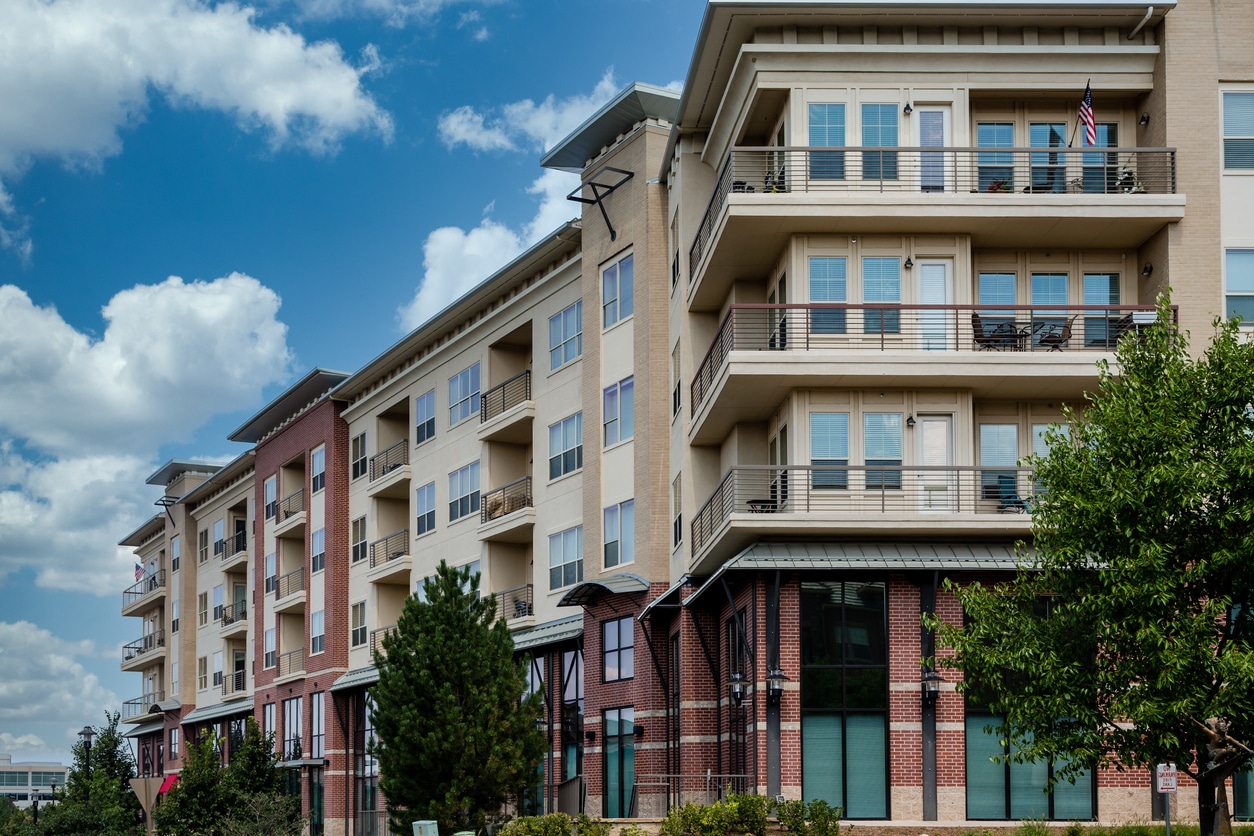
Sign up for smart news, insights, and analysis on the biggest financial stories of the day.
If 2020 was the year of the rent freeze, 2021 is proving to be the year of the great thawing.
According to new data from Apartment List, the median national rent in the United States shot up 9.2% in the first half of the year, and rents have now surpassed their pre-Covid trajectory.
Locked In To Pay Up
While other bubbles — from lumber to used cars — are more easily stabilized amid the economy’s reopening, soaring rents can be hard to reverse. Even as many economists believe post-pandemic inflation is set to cool off, rent-paying tenants will already be locked into multi-month or annual contracts:
- June and July are the months when the most leases come up for renewal, and the average renter will pay almost $100 more per month this year, according to Apartment List.
- And the New York Fed and Fannie Mae estimate further median rent hikes of 7% to 10% in the next year.
“It’s a stickier trend that I think we’re seeing in other components right now,” Sarah House, a Wells Fargo economist, told Bloomberg. “When you’re signing a lease, on average, it’s probably for a year or so.”
Owned: House prices went up 15% in the year leading to April, the most in three decades, netting the average homeowner a $45,000 gain in wealth (homeowners on average already earn double the income of renters). Nine million homeowners also refinanced their mortgages under historically low interest rates, netting an average savings of $180 a month.
Storage Scores: With a record number of people moving last year and 6 million at risk of eviction when a federal eviction moratorium ends July 31, self-storage units have been a booming investment. Self-storage real estate investment trusts are up 36% this year, well outpacing the S&P 500’s 15% gains.

